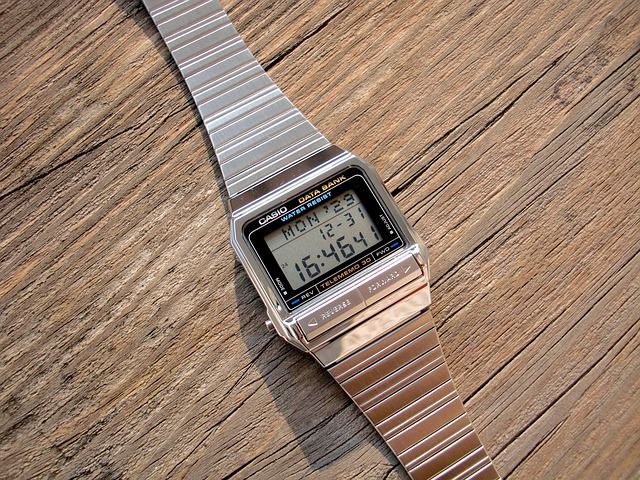January 26, 2018
Why Are 80s Retro Items Expensive?
In my post about nostalgia I talked about the fact that we recollect not space or time, but feelings. Still, problems related to time (and space) can and do creep in. Have you notice how expensive retro items have become?
For instance, I couldn’t have imagined when I was a kid, growing up in the 80s, that items such as my Casio wristwatch, my Tomy water games, or my board games, would three decades later be worth 10 times their value. To some extent, this is something you can expect with retro or vintage items.
And yet, one would think that such should be the case with something that is either far older (say, a toy from the 1920s) or far more rare (say, a limited-edition camera). To see a simple plastic toy from the 80s, which was surely produced in substantial quantities, cost a hundred euros or more, is baffling. What could be the reason for that, why are some 80s retro items expensive?

Why Are Retro Items Expensive? Two Possible Explanations
Perhaps, to put the phrase into its proper context, I should ask this: Why are 80s retro items expensive in relation to other decades?
Purchasing Power
The element of temporal context should give you a hint about the first possible option. If you think that children of the 80s are nowadays about 40 years old, then you realize certain things having to do with economic reality. Namely, that – in comparison to other times in the recent past – they are the 40-year-olds with the greatest purchasing power.
When my mother was in her 40s, I recall she really didn’t have the luxury to buy any kind of retro items from her childhood. An additional reason was that they were far harder to find (no eBay). It wasn’t “a thing” in the sense it is now.
Aspects of Quality
Some time ago, I ordered from eBay the new version of a popular, well-known board game (it doesn’t matter which). It was a game I liked a lot as a kid, and it was exciting to see it available once again. When I received it, however, I realized that my enthusiasm was a bit premature.
The board itself was badly made (of thin carton) and could not be unfolded properly – a far cry from the heavy, solid board of the original 80s version. The pieces were flimsy, misaligned, and I suspect they will break after a while – far, far inferior to the solid plastic of the original game.
This was just my personal experience, but I’ve read similar ones for so many other items. So, what happened? Surely, we haven’t lost the ability to construct quality products in just three decades?
No, the explanation lies elsewhere. Namely, you can see it in the increasing greed that surrounds us all. You can spot it in the increased drive for more and more corporate profit.
Why make something of good quality that costs more (and leaves a lower profit margin) when you can prepare it in some Chinese sweatshop and pocket the money?
As a result, I think that people have begun to realize that, if they really want to relive their childhood, it’s disappointing to do so relying on modern copies. This is not only because “it’s not the same thing”, but because the quality just isn’t there. That board game I bought won’t live for long. Sooner or later, I know it, I will have to try and find the real thing. And this will cost me money.
I don't show you ads, newsletter pop-ups, or buttons for disgusting social media; everything is offered for free. Wanna help support a human internet?
(If you'd like to see what exactly you're supporting, read my creative manifesto).
